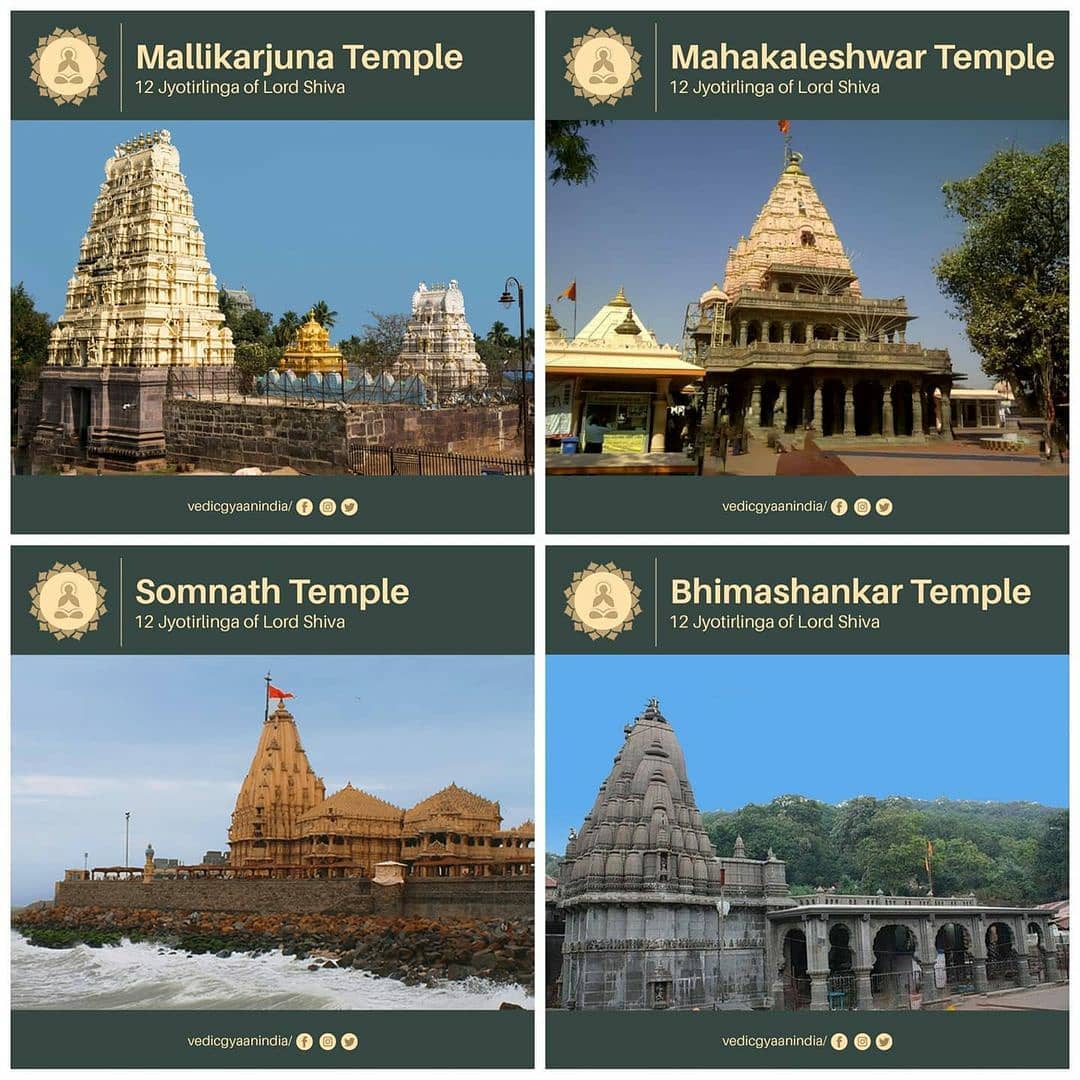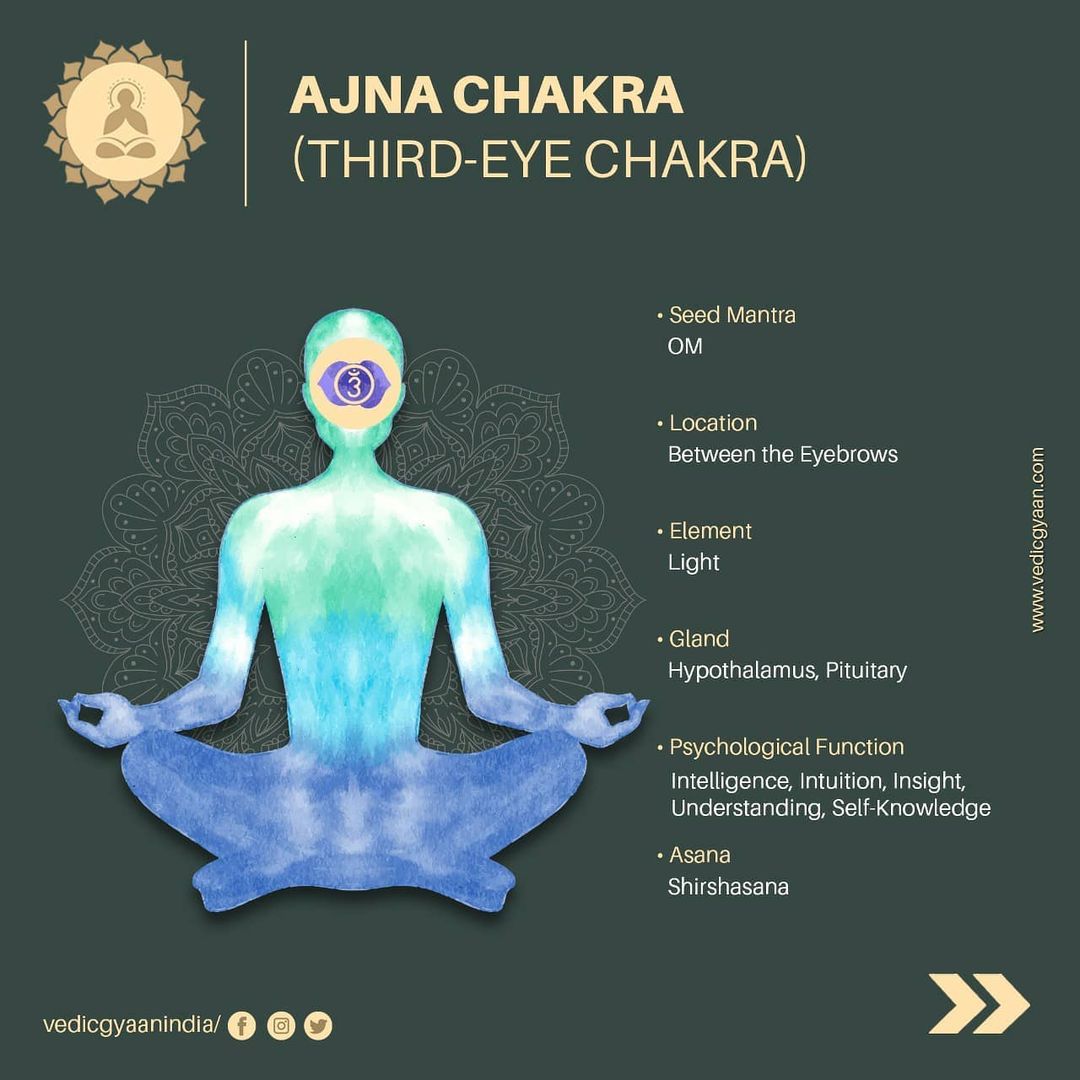
Om Mantra is an ancient Sanskrit spiritual symbol in #Indian religions. Which was first felt by rishis as they meditated. Eventually, as the experience proliferated, the word came forth and people started chanting it to feel the same experience. #OM is also one of the most 



important spiritual symbols. It refers to Atman (soul, self within) and Brahman (the entirety of the universe, the ultimate reality, and cosmic knowledge). Om is a sound with a complex meaning. It is the whole universe fused into a single word, representing the union of body,
mind, and soul. Om is misunderstood as a religious mantra which is only related to #Hindus. But in reality, it is a cosmic vibration that initiated the creation of the whole universe. The sound of om has three syllables A, U, and M pronounced as AUM. Chanting of ‘aaaa’ gives
sensation to the nervous system besides the chest and stomach, making ‘oooo’ sensation at the throat and the chanting ‘mmmm’ resonates with the nasal and the brain. Due to the high spiritual and creative power, when chanted AUM, energy starts moving from the abdomen to the brain.
You can read more on our website: vedicgyaan.com
• • •
Missing some Tweet in this thread? You can try to
force a refresh



















